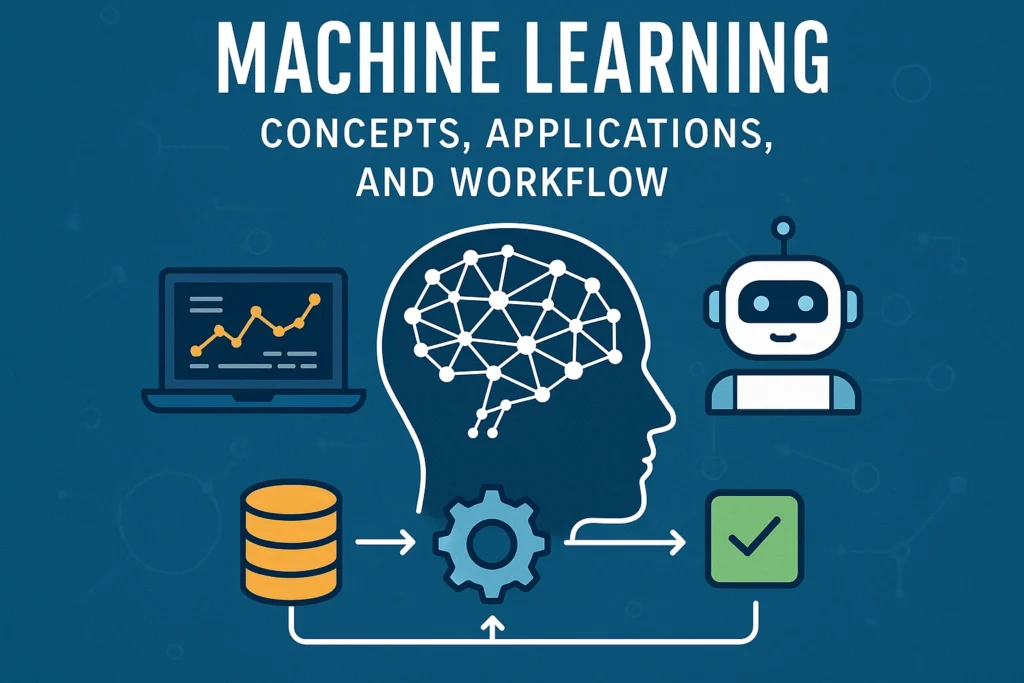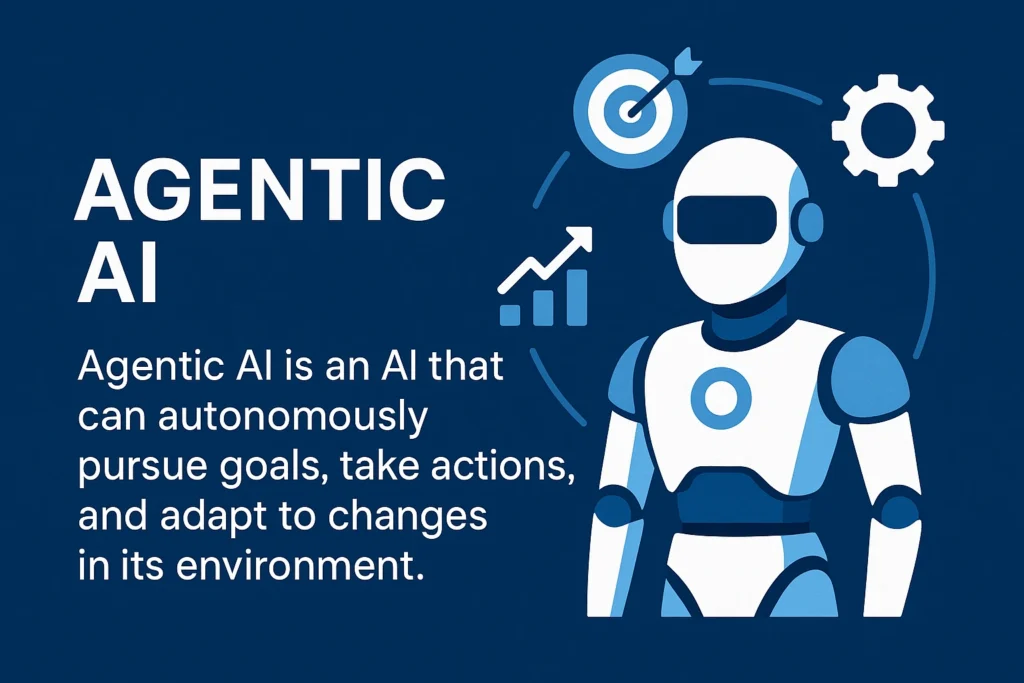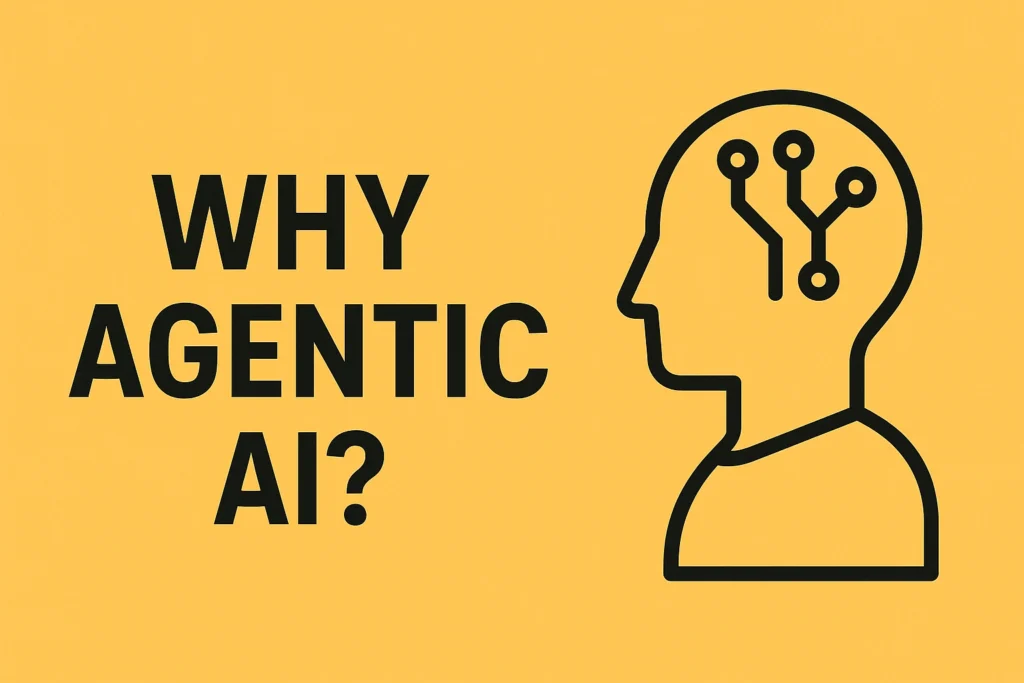Table of Contents
ToggleMachine Learning: Concepts, Applications, and Workflow

Machine Learning Concepts and Applications
This tutorial summarizes key concepts and practical applications of machine learning, covering data preparation, model types, evaluation, and deployment.
1. Data Preparation and Understanding
Before building any machine learning model, understanding and preparing your data is crucial for accurate and reliable results.
1.1 Data Exploration and Visualization
Initial data exploration helps identify patterns and relationships. For instance, in analyzing gamma ray and hadron data: "if the length is smaller, it's probably more likely to be gamma, right." Visualizations, such as scatter plots with seaborn, can highlight these distinctions, "separat[ing] the three different classes into three different" hues based on a 'class' label.
1.2 Data Splitting
To ensure a model generalizes well to new, unseen data, it's standard practice to split the dataset into three parts:
- Train Data Set: Used to train the model.
- Validation Data Set: Used to tune hyperparameters and evaluate the model during training.
- Test Data Set: Used for a final, unbiased evaluation of the model's performance after training and tuning are complete.
The process often involves shuffling the data (NumPy dot split with sample) before splitting.
1.3 Data Preprocessing: Scaling
Features often need to be scaled to a similar range to prevent certain features from dominating the learning process. StandardScaler is a common tool for this, fitting to the data and then transforming values. This can involve scaling values into a range of zero to one where "the minimum value will become zero."
1.3 Data Preprocessing: Handling Categorical Data
- Binary Categories: Can be converted to numerical representations (e.g., "no into zero and yes into one") using .map(). This allows for numerical analysis, such as computing correlations.
- Multiple Categories: "If a categorical column has more than two categories, for example, the region, then we can perform a one-hot encoding." This converts each category into a new binary feature, suitable for machine learning algorithms.
2. Supervised Learning Models
Supervised learning involves training a model on labeled data to make predictions or classifications, learning from known input-output pairs.
2.1 K-Nearest Neighbors (KNN)
Concept: "You look at, okay, what's around you. And then you're basically like, okay, I'm going to take the label of the majority that's around me." KNN is a non-parametric, instance-based learning algorithm used for both classification and regression.
- Distance Function: "Euclidean distance is basically just this straight line distance." The formula is sqrt((x1-x2)^2 + (y1-y2)^2), extensible to higher dimensions.
- Parameter K: Defines "how many neighbors do we use in order to judge what the label is?" A common K value might be 3 or 5.
- Classification Example: If a new point has two '+' neighbors and one '-' neighbor (with K=3), it would be classified as '+'.
2.2.1 Regression Models: Linear Regression
Concept: Fits a straight line to the data to model the relationship between input features (X) and the target variable (Y). The model determines "the coefficient for whatever the temperature is, and then the the x intercept, okay, or the y intercept, sorry." These define the line.
Multiple Linear Regression: Extends the concept to multiple input features, where "the code is exactly the same" conceptually, but involves more coefficients. Limitations arise if "this data is not linear."
2.2.2 Regression Models: Support Vector Machines (SVM)
Concept: SVMs find an optimal hyperplane that best separates different classes with the largest "margin" between them, maximizing the distance to the nearest data points of any class.
Kernel Trick: For non-linear relationships, "we can create some sort of projection" to transform the data into a higher dimension where it becomes linearly separable. This is known as "the kernel trick," allowing SVMs to handle complex datasets.
2.3.1 Classification Models: Logistic Regression
Concept: Used for binary classification, it models the probability of a binary outcome using the sigmoid function. The sigmoid function "looks something like this... it goes from zero... to one," transforming a linear combination of inputs into a probability.
Application: "Predicting whether a tumor is benign, which is non-cancerous or malignant." If probability > 0.5, it rounds to 1; if < 0.5, it rounds to 0.
2.3.2 Classification Models: Decision Trees
Concept: A tree-like model where each internal node represents a "check" on a feature, each branch represents an outcome of the check, and each leaf node represents a class label.
- Splitting Criteria: The model evaluates "all possible splits across all possible columns" to find the "best split" using a "Gini score." A lower Gini score means a better split.
- Building the Tree: The algorithm "always tries to make the best possible split" at each step.
- Feature Importance: `Decision tree model dot feature underscore importances` provides "the importance for every feature."
- Hyperparameters: `max_leaf_nodes`, `min_sample_split`, `min_samples_leaf`, and `min_impurity_decrease` control complexity and prevent overfitting.
2.3.3 Classification Models: Ensemble Methods
Concept: Combine multiple "small decision trees" to improve predictive accuracy and reduce overfitting, leveraging the "wisdom of crowds."
- Gradient Boosting: "Successively improving our predictions by training these small decision trees to correct the errors of the model that we have so far." An alpha parameter is used to "prevent overfitting."
- Random Forests: An ensemble of decision trees, often accessed via `model.estimators_`. By default, there might be "a hundred decision trees," each contributing to the final prediction.
2.4 Neural Networks
Concept: Inspired by the human brain, neural networks consist of interconnected "neurons" organized in layers. Each neuron receives inputs (features) multiplied by "weights" and an added "bias term."
- Activation Function: The sum passes through an "activation function" (e.g., ReLU for hidden layers, sigmoid for output layers) to produce an output.
- Dense Layer: A common layer type where every neuron in the previous layer connects to every neuron in the current layer.
- Weight Update: During training, weights are adjusted using "gradient descent," which "take[s] a step in this direction" (towards minimizing error), controlled by a "learning rate."
- Compilation: A neural network model is "compiled" with an "optimizer" (e.g., Adam), a "loss" function (e.g., binary_cross_entropy), and "metrics" (e.g., accuracy).
3. Unsupervised Learning Models
Unsupervised learning deals with unlabeled data, aiming to discover hidden patterns or structures without predefined outputs.
3.1 K-Means Clustering
Concept: Partitions data into K distinct clusters, where each data point belongs to the cluster with the nearest mean (centroid).
- Process: Initialize K cluster centers, assign each point to the closest center, recalculate centers, and repeat until stable.
- Evaluation: "Inertia" (sum of squared distances of samples to their closest cluster center) is used.
- Elbow Curve: Plotting "the number of clusters on the X axis and the inertia on the Y axis" creates an "elbow curve." The 'elbow' point suggests an optimal number of clusters.
- Application: "We're going to try to cluster the different varieties of the wheat."
3.2 DBSCAN (Density-Based Spatial Clustering of Applications with Noise)
Concept: Identifies clusters based on the density of data points, allowing for the discovery of arbitrary-shaped clusters and detection of outliers (noise).
- Parameters:
- epsilon (ε): Maximum distance for neighborhood.
- min_samples: Minimum samples in a neighborhood for a core point.
- Point Types: Core Points, Reachable Points, Noise Points.
- Advantage over K-Means: "DB scan can do this because it is more concerned with density." It excels at finding non-spherical clusters where K-Means would struggle.
4. Model Evaluation Metrics
Evaluating model performance is critical to understanding its effectiveness and ensuring it meets the desired objectives.
4.1 Regression Metrics
- Residual/Error: "How far off is our prediction from a data point that we already have." Calculated as $y_i - \hat{y}_i$.
- Mean Absolute Error (MAE): The average of the absolute residuals. "It's in the same unit" as the target variable.
- Mean Squared Error (MSE): The average of the squared residuals. Squaring errors penalizes larger errors more heavily.
- Root Mean Squared Error (RMSE): The square root of MSE. "It's in the same unit" as the target variable and is a commonly used metric.
- Coefficient of Determination (R-squared): $1 - (\text{RSS} / \text{TSS})$. RSS (Residual Sum of Squares) is sum of squared residuals. TSS (Total Sum of Squares) is sum of squared differences from the mean. Interpretation: R-squared indicates the proportion of variance in the dependent variable predictable from independent variables. A higher value (closer to 1) indicates a better fit.
5. Feature Engineering and Importance
Feature engineering involves creating new features or transforming existing ones to improve model performance, while feature importance helps understand their influence.
Feature Importance
Models like Decision Trees and Linear Regression can provide insights into which features are most influential in making predictions. For linear regression, "the coefficients of our model" (weights applied to each feature) can "compare the importance of each feature," indicating their relative impact on the target variable.
6. Model Deployment
Once a machine learning model is trained and rigorously evaluated, the final step is to deploy it, making it available for real-world predictions and applications.
Saving, Loading, and Prediction
While not explicitly detailed in the provided text, the concept of "deploying" models implies the ability to save a trained model and then load it for future use. Once loaded, the model can be used to make predictions on new, unseen data. For example, a trained spam filter can predict "not spam" or "spam" based on the content of incoming emails, providing immediate utility.
7. General Machine Learning Workflow
The overall machine learning process is typically iterative and encompasses several key stages to ensure robust and effective model development.
Complete Workflow Steps
- Data Collection and Understanding: Initial exploration of raw data to grasp its characteristics.
- Data Cleaning and Preprocessing: Handling missing values, categorical data, and scaling features to prepare them for modeling.
- Feature Engineering: Creating new features or transforming existing ones to improve model performance and capture more relevant information.
- Data Splitting: Dividing the dataset into training, validation, and test sets for unbiased evaluation.
- Model Selection: Choosing an appropriate machine learning algorithm based on the problem type (e.g., regression, classification, clustering) and data characteristics.
- Model Training: Fitting the chosen model to the training data.
- Model Evaluation: Assessing performance using appropriate metrics (e.g., MAE, RMSE, R-squared).
- Hyperparameter Tuning: Adjusting model parameters (e.g., K in KNN, max_leaf_nodes in Decision Trees, learning rate in Neural Networks) to optimize performance on the validation set.
- Deployment: Making the trained model available for real-world predictions and integration into applications.
Machine‑Learning Fundamentals — FAQ
Data prep, algorithms, metrics, neural nets, boosting & clustering — all in one place.
ML trains models to spot patterns and predict outcomes. Data prep starts with
exploration & visualisation, then splitting into train/validation/test sets.
Numeric features are often scaled (e.g. StandardScaler); categoricals are mapped or
one‑hot encoded so algorithms can digest them.
KNN labels a new point by majority vote among its K closest neighbours (distance‑based). SVM finds the hyper‑plane with the widest margin between classes; kernels let it separate data that isn’t linearly split in the original space.
- Residual = actual − predicted
- MAE – mean absolute error (avg error magnitude)
- RMSE – square‑root of mean squared error (penalises big misses)
- R² – proportion of variance explained (1 = perfect)
Linear regression models a straight‑line relationship for continuous targets (e.g. house price). Logistic regression wraps that linear combo in a sigmoid to output probabilities for binary classes (e.g. spam/ham).
Each neuron multiplies inputs by weights, adds bias, passes through an activation (ReLU, Sigmoid). Training uses gradient descent (e.g. Adam) to tweak weights, minimising a loss like MSE or cross‑entropy across layers (input → hidden → output).
Greedily split data on features that cut Gini impurity
(classification) or variance (regression) the most. Traverse tests from
root to leaf; the reached leaf’s class/value is the prediction.
Hyper‑params (e.g. max_leaf_nodes) curb overfitting.
It fits trees sequentially; each new tree predicts the
residuals (errors) of the current ensemble, moving predictions along the
gradient of the loss. Params like n_estimators and learning_rate
(alpha) balance bias vs. variance (XGBoost is a popular implementation).
K‑Means minimises within‑cluster variance around k centroids (pick k via elbow curve). New points are classified by nearest centroid.
DBScan forms clusters from dense regions (core, reachable, noise) using radius ε and min samples — great for arbitrary shapes & outliers but must rerun to add points.


